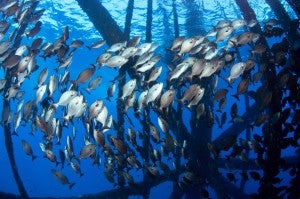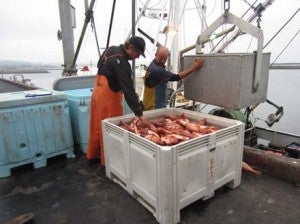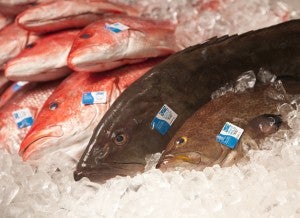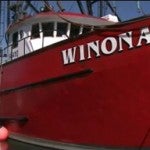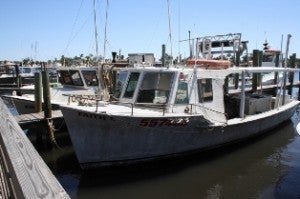Despite a lot of bad weather and the end of red snapper season, fishing is heating up in the Gulf of Mexico. Fishing isn’t the only thing that’s hot, though, as the debate over removing non-producing oil rigs in the Gulf is also going at a fever pitch.
I wrote back in late April about the current controversy regarding plans by the Department of Interior (DOI) for the expedited removal of these retired rigs. Lots of recreational fishermen oppose this policy, because the underwater structure creates a reef habitat for fish – nice for the fish – but also a great target for fishermen.
Several actions are underway to ensure that removal is just an option and that artificial reefing is also an option. As I mentioned in that previous post, Rep. Steven Palazzo of Mississippi and Sen. David Vitter of Louisiana have introduced bills in Congress. Since then, there was a proposal to amend the Farm Bill with a provision on rigs and the Gulf of Mexico Fishery Management Council is continuing the process to designate the retired rigs as “essential fish habitat.” Also, other members of Congress, Governor Rick Perry of Texas, state fisheries managers and sportfishing groups have all written letters to Secretary Ken Salazar seeking at least a delay in implementing outright removals and, ideally, a new policy altogether.
EDF is helping call attention to these proposals and requests. In our meetings and conversations with staff at the White House and Department of Interior it has been clear that confusion is a big stumbling block. We all need better numbers and information about what is going on. What seems to many to be a deadline for removal is, to the government, only a requirement to file a plan for either reefing or removal. Boat captains have tallied removals that they have seen, and the agency has different numbers. Read More










